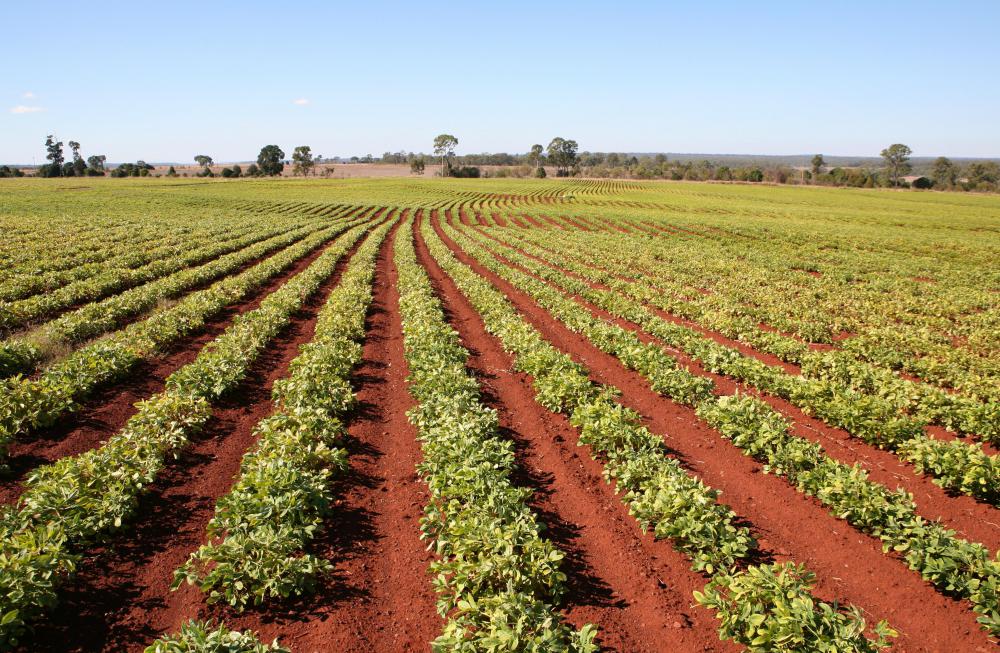At InfoBloom, we're committed to delivering accurate, trustworthy information. Our expert-authored content is rigorously fact-checked and sourced from credible authorities. Discover how we uphold the highest standards in providing you with reliable knowledge.
What is Soil Analysis?
A soil analysis is a comprehensive test that measures the level of nutrients in the soil. The analysis is used to assess the fertility of the soil and to determine ways to increase fertility levels. Soil samples are sent to laboratories that specialize in soil testing services. The laboratories provide sampling, shipping instructions and, sometimes, kits to help their customers obtain quality soil samples.
Soil analysis is a necessary tool for most professional farmers who want to maximize their crop yield. Home gardeners may also find the test useful, particularly if they are having difficulties growing food or plants on their property. The amount of soil needed for a complete report on the soil area will depend on the size of the garden or farm.

Soil samples may be collected for testing at any time of the year as long as the soil has not recently received a fertilizer application. Most laboratories recommend soil testing at least once a year. The results of the soil analysis will differ depending on when the soil was collected. Reports on early spring soil samples will show what types of nutrients remained in the soil over the winter; reports on spring soil samples will show what types of nutrients are needed for the next growing season.

The accuracy of the soil analysis will depend on the quality of the soil samples. Most laboratories advise against testing soil that has been exposed to prolonged drought or soil that has become so dry that plants cannot grow in it. The ideal soil sample is collected on flat, well-drained land that has been used strictly for planting purposes. Any contamination in the soil from past uses of the land will affect the accuracy of the soil test; for example, if a barn once stood on the land or if the land had been used for composting animal manure.

The soil sample will need to be collected in a clean container and properly labeled. Gardeners and farmers should keep a map of where they collected all of their samples. The laboratory may also require a report of the history of the soil, such as what types of crops are grown in the area, to enhance the accuracy of the soil report.
The complete soil analysis report will contain the percentages of micro and macro nutrients in the soil, including magnesium, phosphorus and nitrogen. The report will also include the pH of the soil and may include a measure of the amount of compost and manure in the soil. The recommendation of the report will provide specific information on the types of fertilizers, and amount of fertilizers, to apply to the soil to achieve optimum soil fertility.
AS FEATURED ON:
AS FEATURED ON:













Discuss this Article
Post your comments